Have you ever imagined zipping through the water like a secret agent or a manta ray gliding effortlessly beneath the waves?
The Manta Sea Scooter makes that fantasy a reality.
So, how fast is the Manta Sea Scooter really?
In a nutshell, this underwater scooter can reach a top speed of roughly 5 feet per second, which is about 3.3 to 3.4 miles per hour (approximately 5.4 km/h).
That might sound modest on land, but underwater it’s quite zippy – about twice as fast as the average person can swim unaided!
In this article, we'll dive deeper into the Manta Sea Scooter’s speed, what it feels like, and how it compares to other scooters, all in a friendly, easy-to-understand way.
Getting to Know the Manta Sea Scooter

The Manta Sea Scooter (pictured above in a sleek white design) is a compact, dual-propeller underwater scooter built for fun and adventure.
Weighing in at just 7.7 pounds, it's light enough to carry around and even qualifies as carry-on luggage for flights – pretty handy for something that lets you cruise underwater!
Despite its lightweight build, the Manta packs a punch in the water.
Its powerful motor system provides up to 9 kgf of thrust (about 19.8 pounds of force), which is what enables this scooter to pull you along with surprising speed.
The scooter is designed with a hydrodynamic shape (think of it like the sports car of sea scooters) to reduce drag.
In plain English, it's shaped to slip through water smoothly, helping you go faster with less effort.
And of course, it’s named after the manta ray – those big, graceful rays known for “flying” underwater – a fitting inspiration for a gadget that lets you fly through the water on your own.
This sea scooter isn’t just about speed, though.
It also boasts some thoughtful features for safety and convenience (which we'll touch on later), making it a great companion for snorkelers, scuba divers, or anyone who wants to explore beneath the surface without tiring themselves out.
But since we're here to talk speed, let’s get right into how fast this little machine can go and what that speed means for your underwater adventures.
Top Speed of the Manta Sea Scooter
When it comes to raw speed, the Manta Sea Scooter is one of the faster recreational underwater scooters on the market.
Its top speed is about 3.3–3.4 mph at full throttle.
In more diver-friendly terms, that’s roughly 5 feet per second moving through the water.
To visualize it, imagine covering about a mile in 18 minutes underwater – that’s the kind of pace we’re talking about.
It’s a bit like a brisk jog, but underwater!
If you’ve been snorkeling or diving before, you know that even a slow swim can feel like work.
With the Manta, a quick squeeze of the trigger lets you zoom along at about double the speed of a typical swimmer, without breaking a sweat (or rather, without even needing to kick your fins).
Now, 3.3 mph might not break any speed records in the world of motorsports, but underwater it’s honestly quite thrilling.
Water is dense, and moving through it is harder than moving through air – that’s why humans normally swim much slower than we run.
So, feeling a motor tug you along faster than you could normally swim is a joyous, almost freeing experience.
It’s fast enough to create a small jet stream of bubbles, and you’ll definitely feel the pull, but not so fast that you lose control.
The designers seem to have hit a sweet spot where the ride is exciting yet manageable for most people.
Multiple Speed Modes for Flexibility
Importantly, the Manta Sea Scooter isn’t a one-speed wonder.
It features three speed modes – think of them as low, medium, and high gear – so you can choose your pace.
Specifically, it has a Slow mode around 2 ft/s, a Middle mode around 3.3 ft/s, and the Fast mode up to 5 ft/s.
In plain terms, the slow mode is roughly a gentle 1.3 mph crawl, the medium is about 2.2 mph, and the fast is the full ~3.3 mph blast.
Why does this matter?
Because not every moment underwater calls for top speed.
If you’re casually cruising over a coral reef, you might stick to the slower setting to soak in the sights.
On the other hand, if you want to cover a lot of distance or race your dive buddy, you can crank it up to full speed.
The multiple gears make the Manta versatile: beginners can start slow and work their way up as they get comfortable, and seasoned users can pick whatever speed suits the situation.
It’s like having a snorkel gear with a built-in turbo boost when you need it, or a relaxed glide when you don’t.
One thing to keep in mind is that speed affects battery life.
Just like driving a car, going faster will use up your “fuel” (battery charge) more quickly.
In Slow mode, the Manta’s battery can last up to about 35 minutes, which is plenty for a leisurely exploration.
In Fast mode (full throttle), you’ll get roughly 12–15 minutes of zip time on a standard 126 Wh battery.
That’s still a good amount of continuous scootering, but you’ll want to plan your dives accordingly.
Many users spend most of their time in the moderate speeds and only punch it to full speed in bursts or when needed, which helps stretch the battery.
If you plan to joyride at max speed a lot, it could be worth investing in a spare battery or the higher-capacity battery option so you can swap out and keep the fun going.
What Does ~3.3 mph Feel Like Underwater?
You might be thinking, “Alright, 3.3 miles per hour... is that fast or slow underwater? What does it actually feel like?”
Great question!
On land, 3.3 mph is a moderate walking pace.
Underwater, however, it feels a lot speedier than a walk in the park.
Water resistance is no joke – even moving at 2 mph underwater can feel like a workout if you’re swimming.
So when the Manta pulls you at over 3 mph, you’ll definitely sense the rush.
It’s a bit like riding a bicycle at a steady clip, but instead of wind in your hair, you’ve got water flowing past your mask.
You’ll cover distance quickly – in fact, you’ll notice the scenery underwater starts moving by you more rapidly than you’re used to when snorkeling.
That sunken statue or reef outcrop in the distance?
You’ll reach it in half the time it would normally take.
Recommended: Top 6 Best Underwater Scooters Under $600
Factors That Can Affect the Manta’s Speed
Several factors can affect how fast you actually go on the Manta sea scooter:
Battery Charge & Power: A fully charged battery ensures you get peak performance.As the battery drains, you might notice a slight dip in thrust.
Also, the standard battery provides the juice for that top speed; using an older battery or not maintaining it well could affect output.Generally, the Manta’s speed stays consistent until the battery is quite low, but it’s good practice to start a high-speed run with plenty of charge left.
Remember, going faster uses up the battery quicker, so there’s a trade-off between speed and how long you can sustain it.
Water Conditions: Calm water is the speed scooter’s best friend.If you’re in a swimming pool or a gentle lake, you’ll hit those top speeds no problem.But in the ocean, conditions vary.
Currents or strong tides can slow you down.
For instance, if you’re scootering against a current, even the Manta will have to work harder – and you might feel your forward speed reduced as the current fights back.
On the flip side, if you go with the current, you could effectively go even faster.
(Just be mindful not to overshoot your target and always save some battery for the return trip against the current!)
Your Own Body and Gear: We don’t often think of ourselves as part of the “vehicle,” but underwater, you (the rider) are part of the hydrodynamics.How you position your body can influence speed.
If you’re stretched out horizontally and streamlined (like a human torpedo behind the scooter), you’ll minimize drag.But if you’re vertical in the water or your fins and arms are dangling, you’ll create more resistance and go a bit slower.
Your equipment matters too – a bulky dry suit or lots of gear hanging off you will increase drag.The Manta has enough power to still pull you, but you may not hit the absolute max speed in a very draggy setup.
In a swimsuit or light wetsuit, you’ll zoom more easily than if you’re loaded with a big camera rig and extra gear catching water.
Comparing the Manta’s Speed to Other Sea Scooters
The Manta Sea Scooter stands out in the world of underwater propulsion devices. Here's how it compares to other models:
Entry-Level Scooters: These scooters top out at 2–2.5 mph, perfect for casual use at resorts or in pools. The Manta’s 3.3 mph is noticeably faster, making it feel much more exciting, like upgrading from a scooter to a sports car.
Mid-Range Scooters: These models reach 4–6 mph, designed for more serious divers. While the Manta’s 3.3+ mph is solid, it’s not as fast as some of the larger models. However, those models often come with trade-offs like higher costs, more bulk, and shorter battery life.
High-Performance Scooters: Specialized DPVs used by tech divers or military teams can go 8–15 mph, but they are much larger, pricier, and designed for expert use. The Manta is not competing with these but offers a great balance for recreational users.
For most divers or snorkelers, the Manta’s speed is more than enough to make you feel like a superhero underwater. It sits in the sweet spot between beginner scooters and high-end professional models, providing speed and performance in a compact, affordable package.
Whether you’re speeding past beginners or sharing the water with professionals, the Manta will always make your underwater adventures more fun.
FAQs
Q1: What’s the top speed of the Manta Sea Scooter?
A: About 3.3 to 3.4 mph (roughly 5.4 km/h), or 5 feet per second.
Q2: Is it faster than swimming?
A: Yes — it’s about twice as fast as the average swimmer.
Q3: Can it hold top speed the whole time?
A: Not really. You’ll get around 12 minutes at full speed on a full battery.
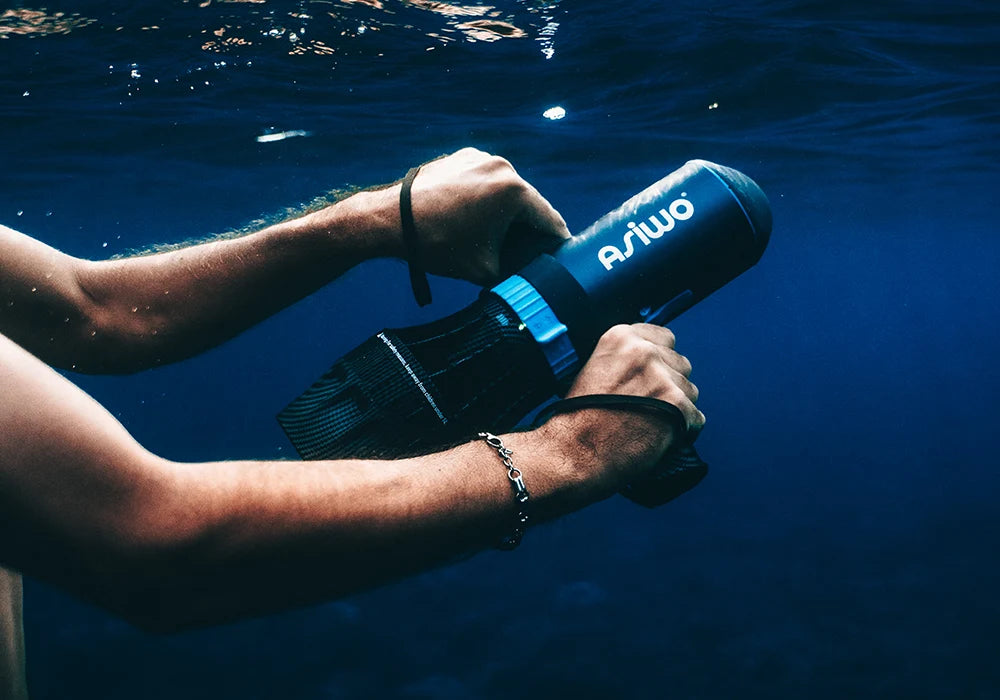




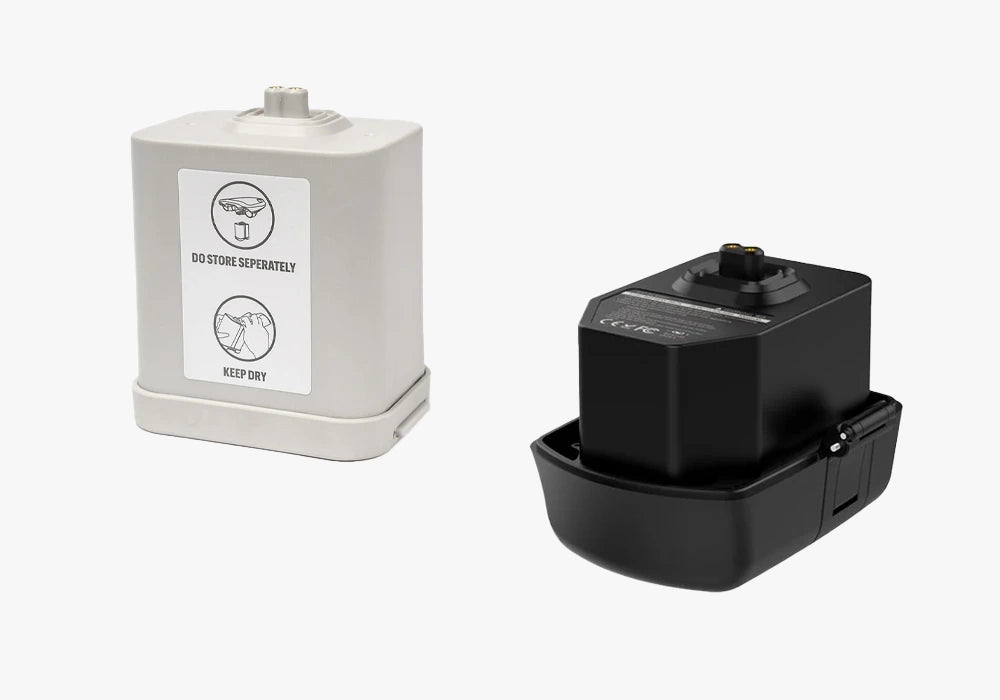




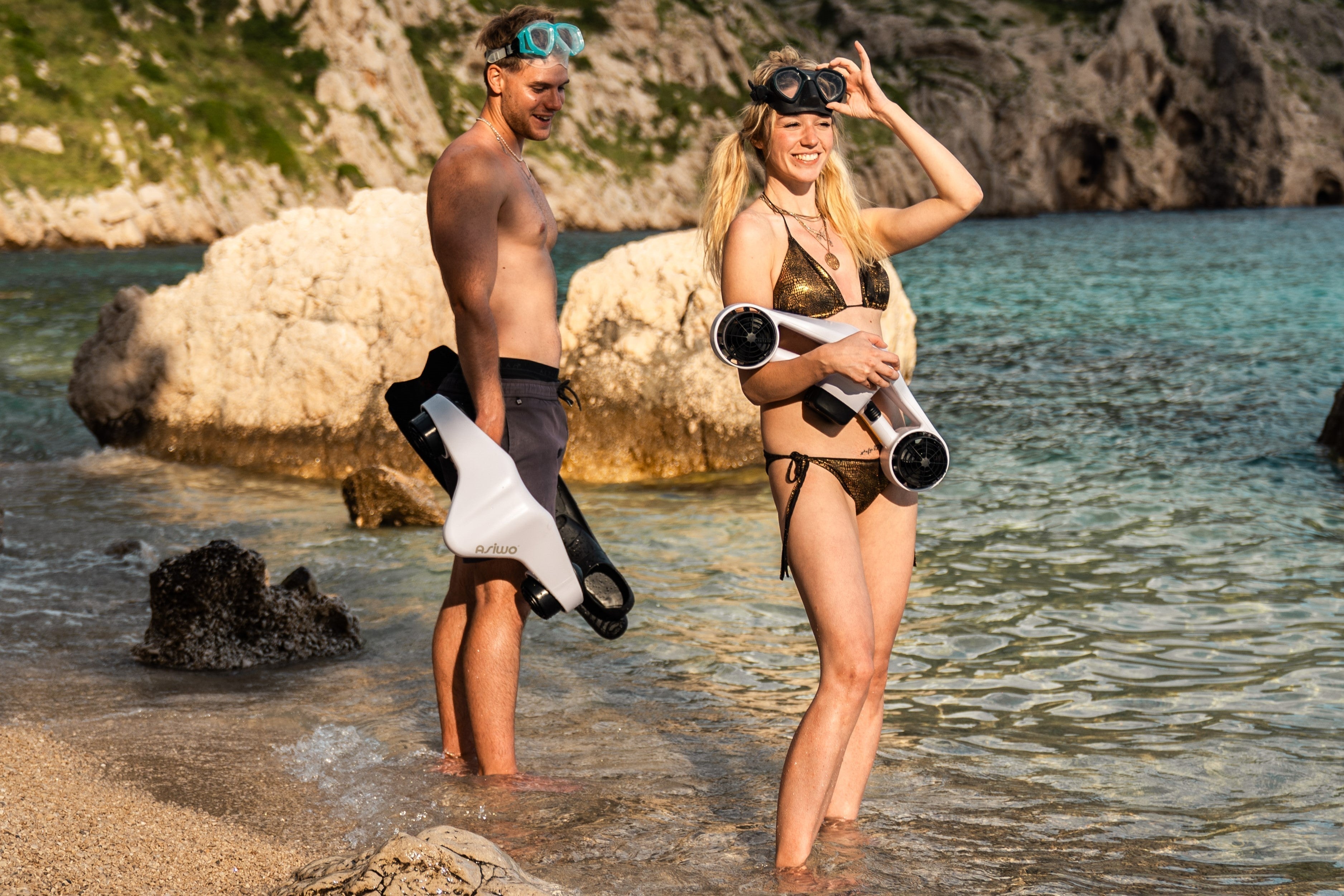
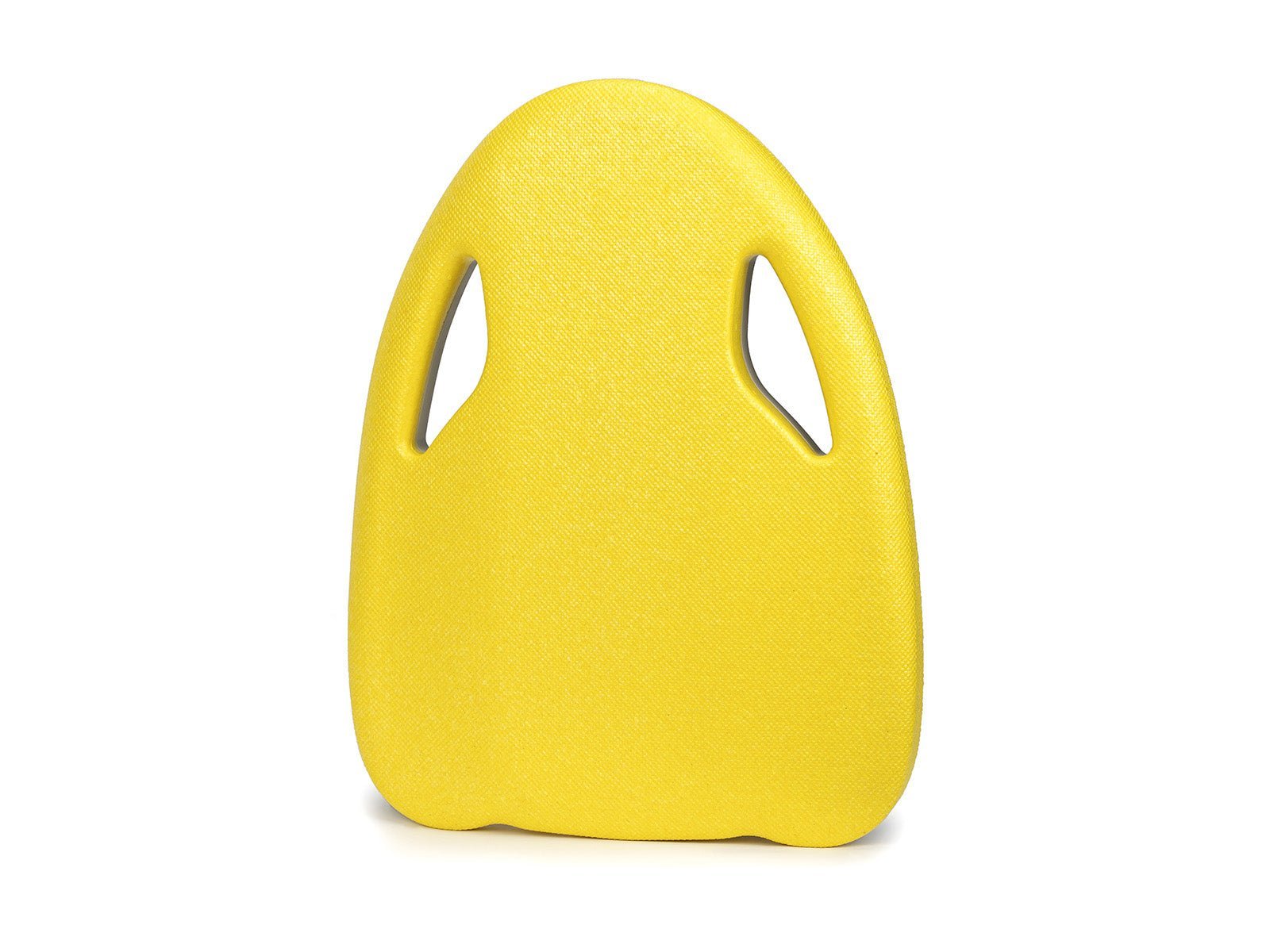
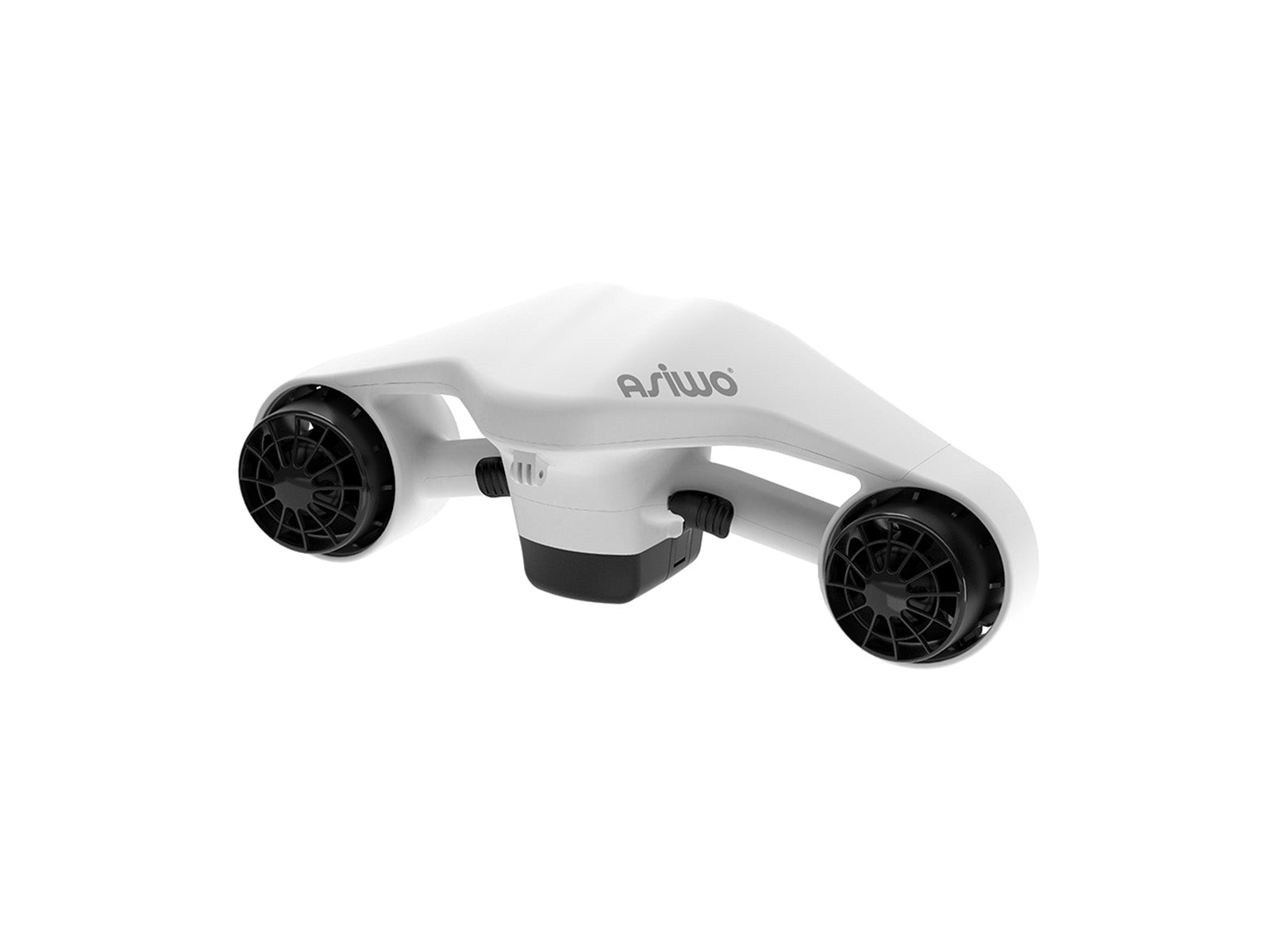
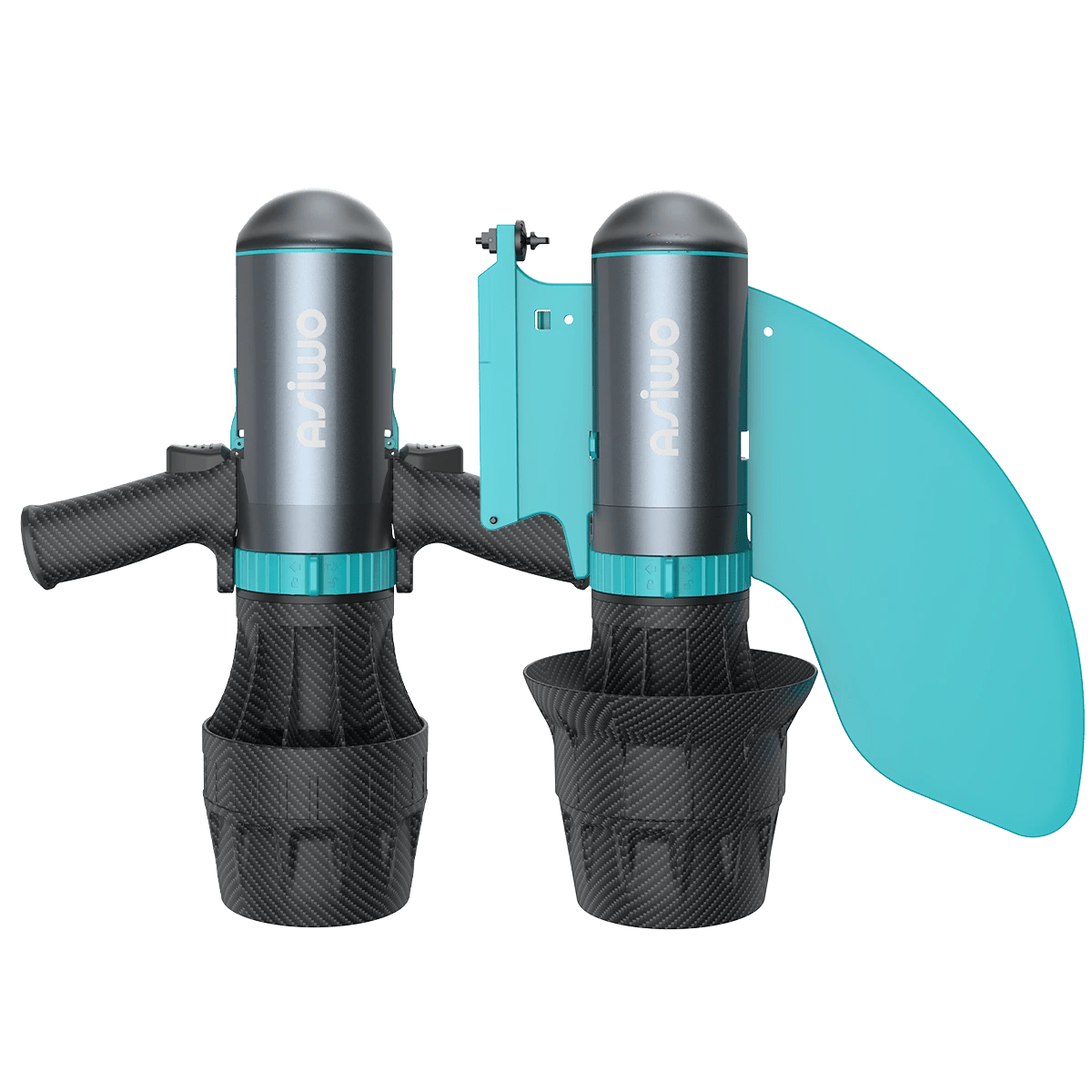




Dejar un comentario